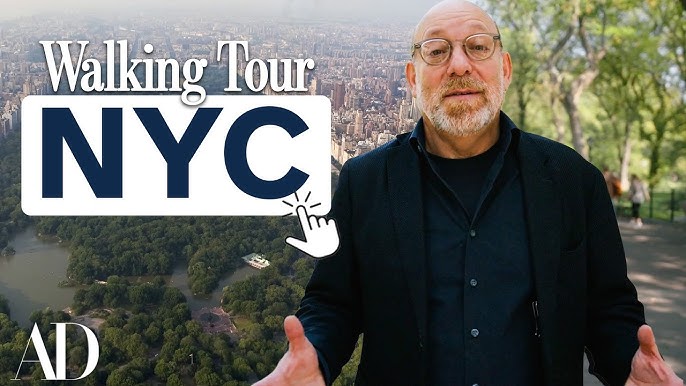
"New York isn't the old­est city in the Unit­ed States of Amer­i­ca, and it cer­tain­ly isn't the newest. But it is, quite pos­si­bly, the Amer­i­can city where more lay­ers of his­to­ry coex­ist than any oth­er, a qual­i­ty that man­i­fests most vivid­ly in its built envi­ron­ment. Even the most casu­al tourist can sense the sheer vari­ety of time peri­ods embod­ied in the build­ings around them on, say, a stroll down Broad­way - one of the streets fea­tured in the ten-part walk­ing tour com­piled in the new Archi­tec­tur­al Digest video above. As a whole, it offers a two-hour jour­ney through the city begin­ning in Cen­tral Park and end­ing on Wall Street."
"In between come on-foot exam­i­na­tions of every­thing from the fin-de-siè­cle "apart­ment hotels" of the Upper West Side to the recent­ly built "super-tall" res­i­den­tial tow­ers of West 57th Street to the devel­op­ments atop the buried Grand Cen­tral Sta­tion to the dis­used indus­tri­al rail­way now known - and imi­tat­ed around the world - as a lin­ear park called the High Line."
"Tend though long­time New York­ers may to regard each part of the city as more or less a nation unto itself, a per­spec­tive with a bit more dis­tance reveals signs of the nev­er-end­ing social, eco­nom­ic, and aes­thet­ic exchange between them: an impor­tant fac­tor in how the use of and role played by even the city's most august struc­tures has been sub­ject to change after unan­tic­i­pat­ed change."
New York contains a dense coexistence of historical layers evident in its built environment rather than being the oldest or newest American city. Visitors perceive varied time periods along streets like Broadway. A ten-part walking tour traces a two-hour route from Central Park to Wall Street, with inspections of fin-de-siècle Upper West Side apartment hotels, super-tall residential towers on West 57th Street, developments above the buried Grand Central Station, and the former industrial railway now transformed into the High Line. Neighborhoods exhibit distinct identities yet engage in continuous social, economic, and aesthetic exchange that reshapes building uses and roles. Architectural experts contextualize these dynamics.
Read at Open Culture
Unable to calculate read time
Collection
[
|
...
]